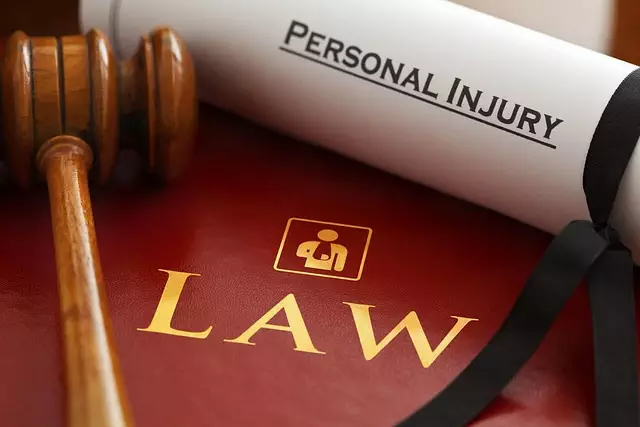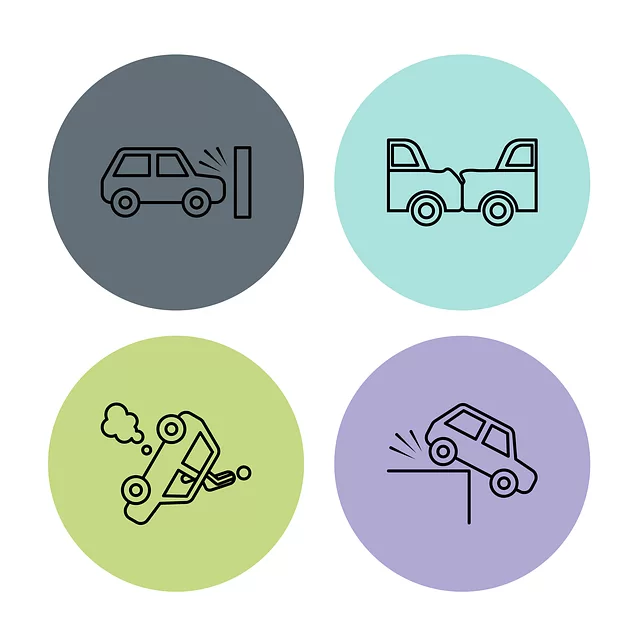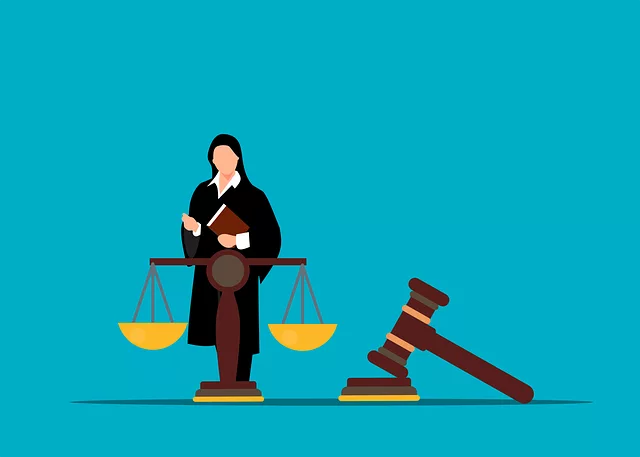Rideshare safety litigation, focusing on brain damage from head injuries in Queens, is instrumental in securing justice and accountability. These legal cases examine driver liability, vehicle safety standards, and system failures, aiming to compensate victims for medical expenses, rehabilitation, and pain & suffering. High-profile incidents involving Uber and Lyft highlight risks passengers face, with legal experts emphasizing the severity of traumatic brain injuries (TBIs). Lawsuits explore negligence, vehicle maintenance, and safety protocols, pushing rideshare companies to improve passenger safety through rigorous driver checks, advanced technology, and rapid response systems.
In recent years, rideshare safety has become a pressing concern, leading to an increase in litigation, particularly focusing on brain damage from head injuries. This comprehensive article, “Rideshare Safety Litigation,” delves into three critical aspects. First, we explore the legal framework surrounding these cases and the liability of rideshare companies. Next, we analyze the impact of head injuries on passengers. Finally, we present strategies to enhance safety, aiming to protect riders from potential risks, especially brain damage in Queens and beyond.
- Understanding Rideshare Safety Litigation: A Comprehensive Look
- Brain Damage from Head Injuries: Exploring Cases and Liability
- Protecting Passengers: Strategies for Enhancing Rideshare Safety
Understanding Rideshare Safety Litigation: A Comprehensive Look

Rideshare Safety Litigation is a critical aspect of ensuring accountability and justice in cases involving brain damage from head injuries among passengers. When a rideshare vehicle is involved in an accident, it can result in severe consequences, including traumatic brain injuries (TBI). These legal proceedings aim to comprehend the nuances of these incidents, focusing on driver liability, vehicle safety standards, and potential system failures.
In cases where a passenger suffers brain damage due to a head injury while riding in a rideshare, litigation becomes a means to seek compensation for medical expenses, rehabilitation costs, and pain and suffering. It involves a comprehensive review of the circumstances surrounding the accident, driver training protocols, vehicle maintenance records, and safety features. Understanding these legal battles is essential for both victims seeking redress and rideshare companies striving to enhance passenger safety.
Brain Damage from Head Injuries: Exploring Cases and Liability

Brain damage from head injuries in Queens has been a significant focus in rideshare safety litigation, with several high-profile cases drawing attention to the potential risks passengers face during transit. These incidents often result from car accidents involving ridesharing services, such as Uber or Lyft, and can lead to severe neurological consequences for victims. Legal experts have noted that head injuries, especially traumatic brain injuries (TBIs), are a significant concern due to their potential long-term effects on individuals’ lives.
In recent years, several lawsuits have been filed by Queens residents who suffered brain damage after being involved in accidents with rideshare vehicles. These cases explore the liability of both the driver and the rideshare company, examining factors such as driver negligence, vehicle maintenance, and safety protocols. The impact of these cases extends beyond financial compensation for victims; they also aim to hold rideshare companies accountable for ensuring passenger safety, potentially leading to improved industry standards and regulations.
Protecting Passengers: Strategies for Enhancing Rideshare Safety

Protecting passengers is paramount in the rideshare industry, as it involves safeguarding individuals who trust these services for their daily commuting or travel needs. Enhancing safety measures can mitigate risks and ensure riders’ well-being. One critical aspect is ensuring drivers undergo thorough background checks and regular training to handle various scenarios, including managing emergency situations and preventing assaults.
Additionally, implementing advanced technology such as real-time tracking, in-app communication tools, and automated safety protocols can significantly reduce potential hazards. For instance, rapid response systems that alert authorities or emergency services in case of suspicious activities or accidents can help prevent severe outcomes like brain damage from head injuries. Such strategies collectively contribute to a safer rideshare environment, especially for vulnerable passengers.
Rideshare safety litigation, particularly focusing on cases involving brain damage from head injuries in Queens, highlights the complex interplay between passenger protection and legal liability. As the rideshare industry continues to grow, implementing effective strategies to enhance safety becomes paramount. By understanding the risks associated with head injuries and navigating liability through comprehensive litigation analysis, both companies and regulators can work towards fostering a safer environment for passengers. This multi-faceted approach ensures that, while ridesharing remains a convenient option, passenger well-being remains at the forefront of industry efforts.
